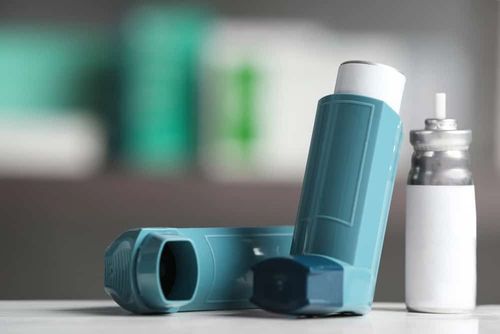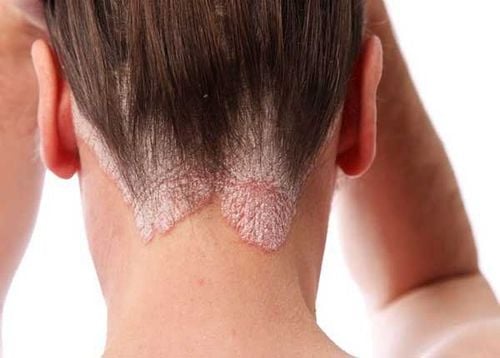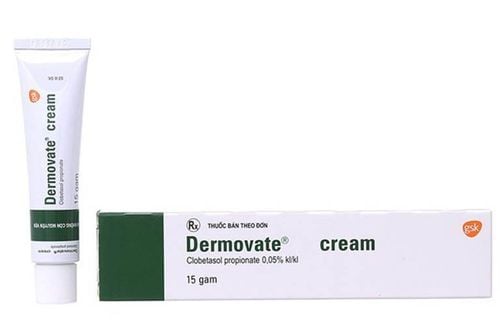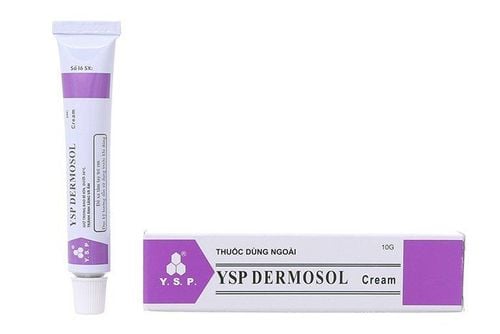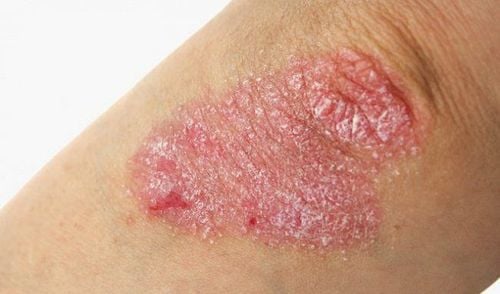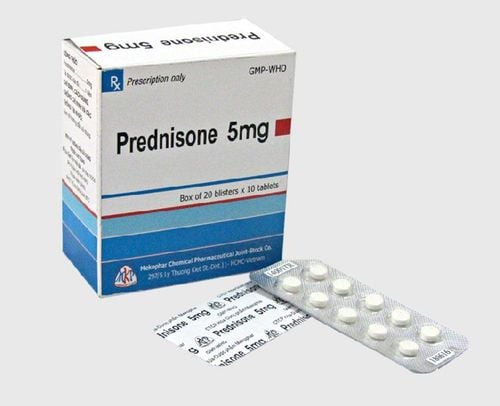This is an automatically translated article.
If you notice some changes on your nails such as the nail becoming thickened, developing holes, changing color or shape. Maybe you already have nail psoriasis.1. Signs of nail psoriasis
If you suspect you have nail psoriasis, it's important to check your fingernails and toenails for signs of the disease. It has common signs including:
Small indentations in the nails White, yellow or brown discoloration in the nails Broken nails Nails separating from your fingers or toes Skin build-up under the nails Your Blood Under Your Nails If you notice any of these signs or another problem with your nails, talk to your dermatologist for diagnosis and treatment. Treatment can help clear up nail psoriasis and relieve pain. Without treatment, nail psoriasis can worsen and affect your ability to use your hands or move your legs.
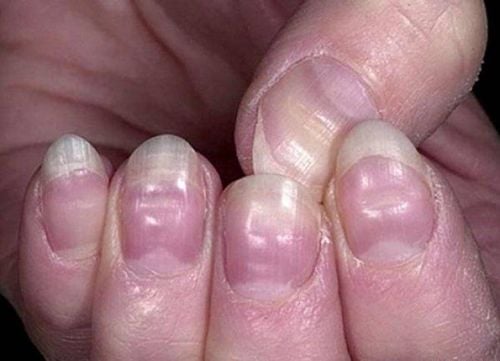
Những vết lõm nhỏ trên móng tay là dấu hiệu của bệnh vẩy nến
2. What Treatments Are Available for Nail Psoriasis
There are many treatments for nail psoriasis. Your treatment plan may include one or more of the following. Nail treatment for mild or early nail psoriasis.
This treatment needs to be applied for several months, usually once or twice a day. Because nail psoriasis is relatively difficult to treat, you may need to use more than one treatment method. Sometimes a combination of two drugs works faster.
Treatments applied to the nails may include:
Strong corticosteroids: This can be helpful for most signs and symptoms of nail psoriasis. This medication is safe when used once or twice a day for up to nine months. Calcipotriol: In one study, researchers found this to be as effective as a potent corticosteroid in treating buildup underneath the nail. Tazarotene: This treatment can be especially helpful for treating pitting, split nails, and discoloration. If you need more intense treatment, your doctor may recommend closer monitoring with these steps: Corticosteroid (or another psoriasis medication) injection: This involves injections directly into the skin. or near the nail. If the first treatment doesn't work, your doctor may switch to a different treatment option in a few months. Corticosteroid injections can be effective for treating under-nail buildup, nail thickening, and nails separating from fingers or toes. Laser treatment: Several lasers can be effective. PUVA: The patient will first soak (or drink) a drug called psoralen. Then, carefully expose yourself to UVA rays. PUVA can be effective for treating discolored nails that are separating from a finger or toe. It is not intended to treat pitted nails. Body-wide treatment: If you have severe psoriasis, your dermatologist may prescribe medication to treat both the skin and the nails. As with other treatments for nail psoriasis, it can take several months to see results. Nail infections can develop if you have nail psoriasis. A nail infection looks a lot like nail psoriasis, it is important to determine if the nail is infected through testing to find an infection. If there is a nail infection, treatment can get rid of it.
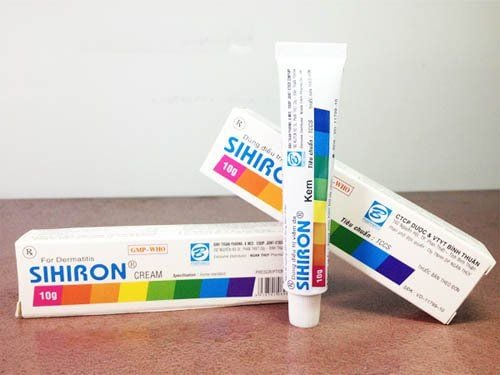
Sử dụng kem bôi chứa corticosteroid có hiệu quả trong điều trị vẩy nến móng
3. Home Treatment for Nail Psoriasis
A few natural remedies can relieve psoriasis symptoms, including:
Turmeric Capsaicin Sea Salt Aloe Vera But, for nail psoriasis, alternative treatment options are more limited. One herb that has shown benefit for nail psoriasis is natural indigo, a Chinese herb derived from a plant used to make blue dye. In one small study, a natural indigo extract in oil (Lindioil) improved nail thickness and better breakdown.
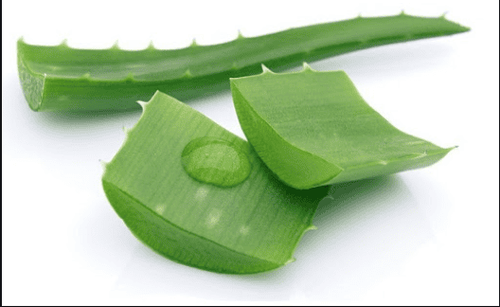
Nha đam giúp điều trị bệnh vẩy nến tại nhà
4. Tips for prevention
In addition to medication, try these tips to prevent nail psoriasis:
Keep fingernails short to avoid injury or lift the nail off the nail edge. Regular nail trimming will also prevent buildup underneath them. Do not bite your nails or push back the cuticles of your nails. Trauma to the skin can cause psoriasis. This is called the Koebner phenomenon. Wear protective gloves when gardening or playing sports and when you wash dishes or work with your hands in water. Keep nails clean to prevent infection. Use a moisturizer for nails and cuticles. This can help prevent cracked or brittle nails. Do not clean the nails with a brush or a sharp object. This will help prevent nail splitting. Treating nail psoriasis can be challenging because it takes time. For results, you need to follow the directions. Some patients need to try several treatments before finding the most effective one. Proper nail care can help you get the best results from your treatment.
If you have a need for consultation and examination at the Hospitals of the National Health System, please book an appointment on the website for the best service.
Articles refer to sources: webmd.com, aad.org, healthline.com
Please dial HOTLINE for more information or register for an appointment HERE. Download MyVinmec app to make appointments faster and to manage your bookings easily.




